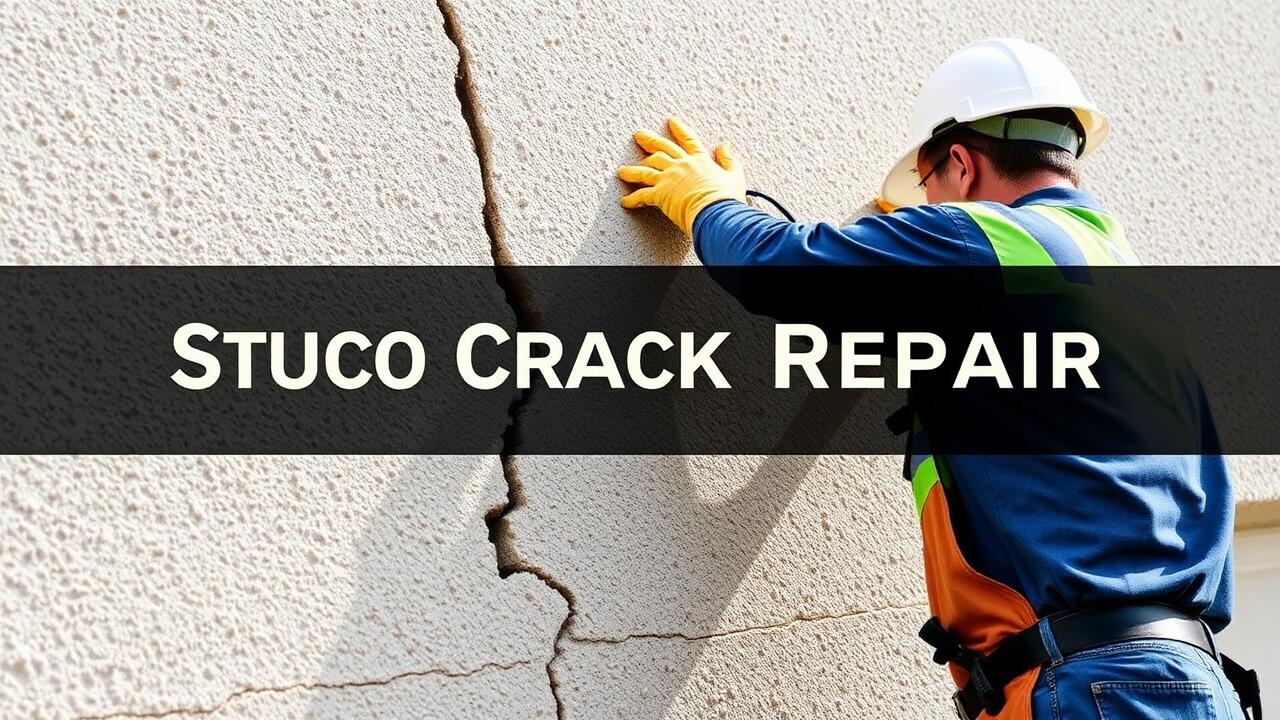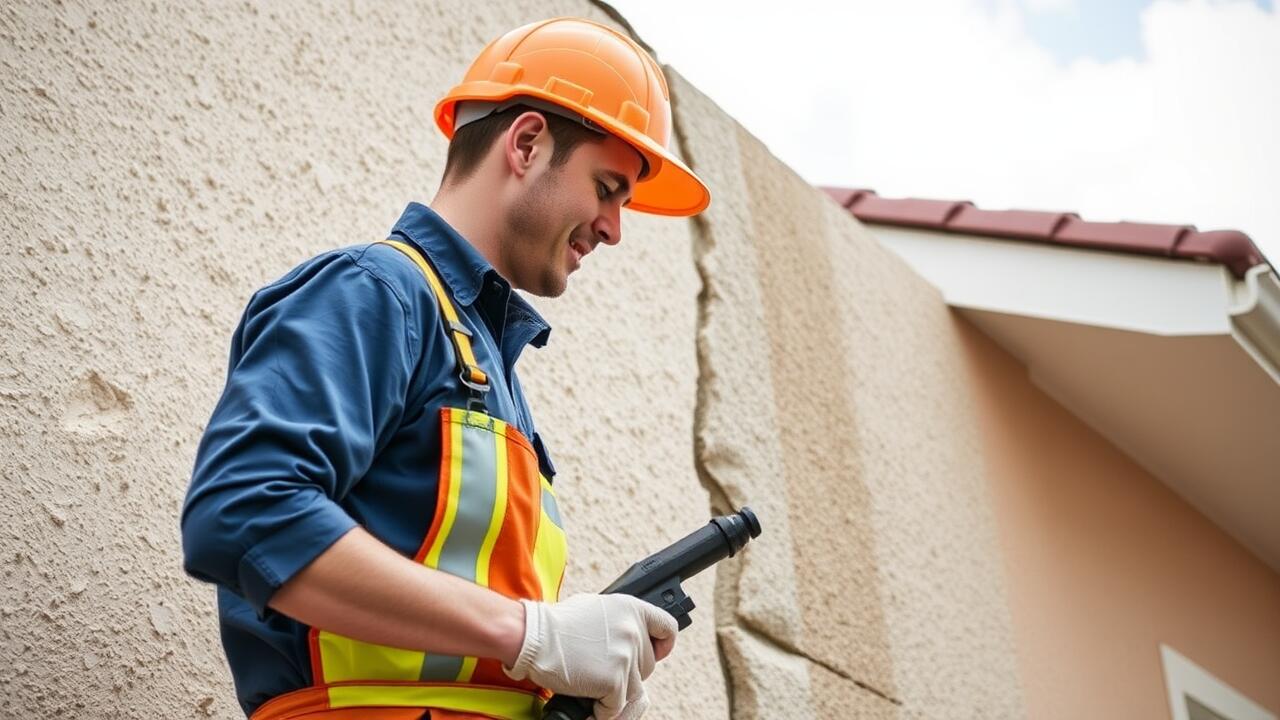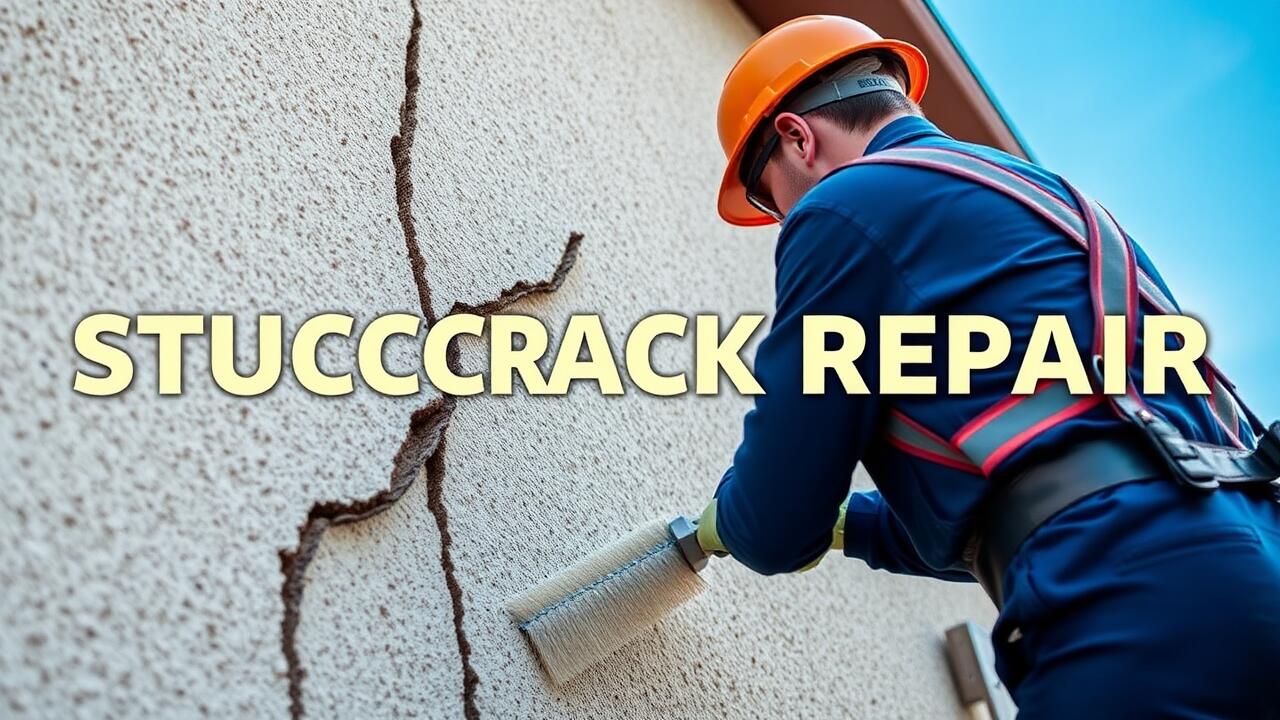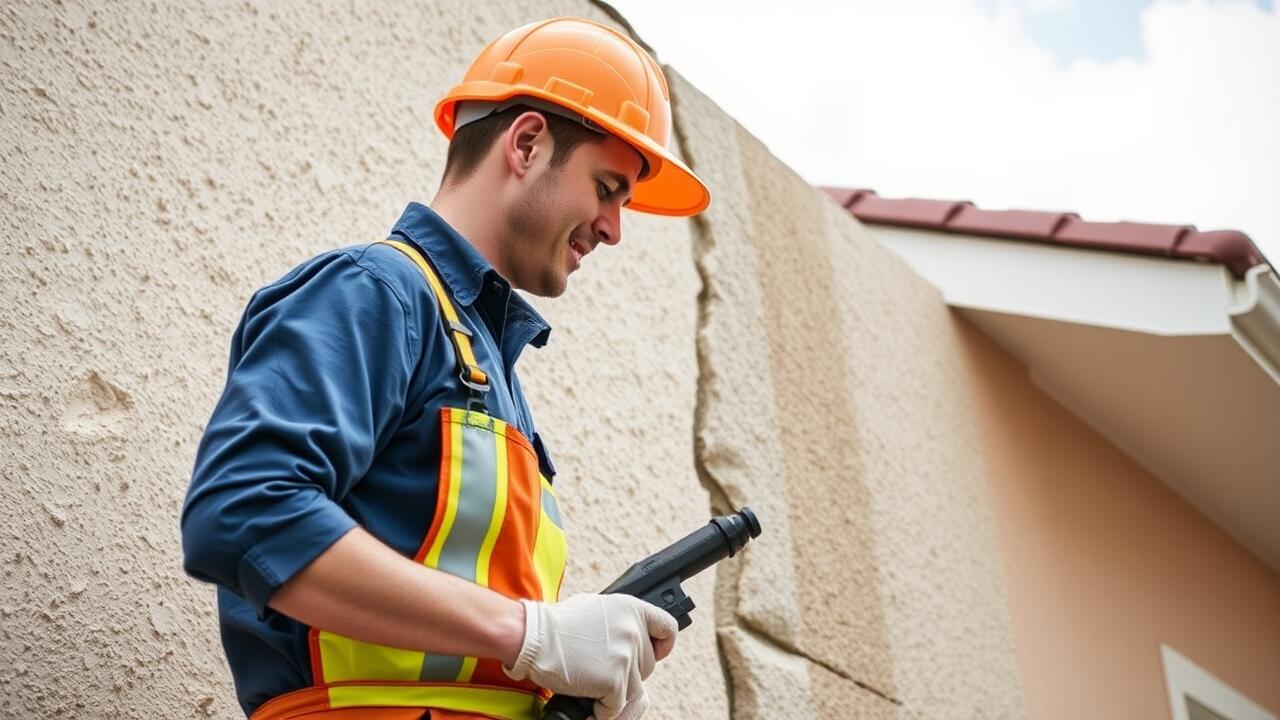
Choosing the Right Type of Stucco
Choosing the right type of stucco is crucial for ensuring durability and aesthetics. When considering a project, it's essential to evaluate the various materials available, including traditional cement-based stucco and newer synthetic options. Each type offers distinct benefits and characteristics. Cement stucco is well-known for its strength and longevity, while synthetic stucco can provide better insulation and flexibility.
Local climate conditions also play a significant role in the decision-making process. For example, areas prone to moisture may require a more water-resistant option. Homeowners in Los Angeles, particularly those in Encino, should pay attention to local weather patterns when selecting their stucco type. Ensuring proper compatibility with existing structures will mitigate issues down the line, potentially saving costs on repairs such as Stucco Crack Repair Encino, Los Angeles.
Different Finishes and Textures Available
Stucco finishes and textures offer a variety of aesthetic options to enhance the look of your home. Popular choices include smooth, sand finish, and stucco that mimics wood or stone. Each texture has unique characteristics that can complement different architectural styles. For a more natural appearance, a rough texture may add depth, while a smooth finish can provide a sleek, modern look. When selecting a finish, consider factors such as regional climate and maintenance requirements.
In addition to the standard finishes, decorative textures like Spanish lace or knockdown create distinctive visual effects. These styles not only elevate curb appeal but also provide practical benefits such as improved weather resistance. It's important to choose a finish that aligns with your vision for the property while also considering the time and effort required for upkeep. Should you encounter issues with your stucco, professional help is available, such as Stucco Crack Repair Encino, Los Angeles, ensuring your home retains its aesthetic and structural integrity over time.
Common Mistakes to Avoid
One common mistake when applying new stucco over old is not properly preparing the existing surface. Failing to clean and repair cracks can lead to issues with adhesion, resulting in peeling or cracking in the new layer. It’s essential to address any existing damage before starting the application. This preparation also includes making sure the surface is dry and free from debris. Proper assessment and maintenance can significantly impact the longevity of the new stucco.
Another mistake is ignoring the importance of proper mixing and application techniques. Inaccurate measurements can result in a mixture that does not adhere well or may cure improperly. Applying the stucco too thickly or too thinly can cause a range of problems, from uneven surfaces to premature deterioration. For those looking for professional assistance, services like Stucco Crack Repair Pacific Palisades, Los Angeles, provide valuable expertise. Ensuring the right techniques are followed is crucial for achieving a durable finish.
Tips for a Successful Application
When applying new stucco over old surfaces, proper preparation is essential. Start by cleaning the existing surface thoroughly to remove dirt, debris, and loose materials. This step ensures that the new stucco adheres effectively. If there are any cracks or imperfections, they should be repaired before the application of the new layer. For residents in the area, considering professional services like Stucco Crack Repair Encino, Los Angeles can help ensure that the foundation is sound before proceeding.
Applying a bonding agent can significantly improve the adhesion between the old and new stucco layers. Mixing the new stucco according to the manufacturer's specifications is crucial for achieving a consistent texture and durability. When applying the stucco, use a trowel or spray method to create an even finish. Work in manageable sections to maintain wet edges, preventing the product from drying too quickly and causing inconsistencies in the final appearance.
Maintenance Tips for Stucco Surfaces
Maintaining stucco surfaces requires regular inspections for signs of wear and damage. Routine cleaning with a gentle hose spray helps prevent the buildup of dirt and grime that can deteriorate the material over time. It's essential to address any cracks or holes immediately. For those in need of professional assistance, services like Stucco Crack Repair Encino, Los Angeles, can provide expert solutions to restore the integrity of your stucco.
In addition to cleaning, applying a protective sealant can help extend the life of your stucco. Sealants act as a barrier against moisture and UV damage, both of which can affect the material's durability. Regular touch-ups and repainting can also keep the surface looking fresh. If you notice peeling paint or discoloration, it may be time to consult a professional to evaluate the condition of your stucco and recommend the best course of action.
How to Prolong the Life of Your Stucco
Regular inspections are essential for maintaining the integrity of your stucco surfaces. Look for any signs of cracks, chips, or water damage. Early detection allows for prompt repairs, which can prevent more significant issues down the line. Cleaning the stucco periodically helps to remove dirt and debris. Use a soft brush and mild detergent to avoid damaging the finish.
Proper drainage is crucial in extending the life of your stucco. Ensure that gutters and downspouts direct water away from your home's exterior. This prevents excess moisture from seeping into the stucco, which can lead to deterioration. For problematic areas, consider hiring professionals such as those offering Stucco Crack Repair Encino, Los Angeles, to address repairs effectively and maintain your home's protective barrier.
FAQS
Can you put new stucco over old stucco?
Yes, you can put new stucco over old stucco, but it’s important to properly prepare the existing surface to ensure good adhesion and a lasting finish.
What preparation is needed before applying new stucco over old?
Before applying new stucco, clean the old stucco to remove dirt and debris, repair any cracks, and apply a bonding agent to enhance adhesion.
Are there specific types of stucco recommended for resurfacing?
While you can use various types of stucco for resurfacing, it's best to choose a product that is compatible with the existing material for optimal results.
How long does new stucco take to cure when applied over old stucco?
New stucco typically takes about 24 to 48 hours to set, but full curing can take several weeks, depending on weather conditions and thickness of the application.
What are the common mistakes to avoid when applying new stucco over old?
Common mistakes include failing to clean the surface adequately, not using a bonding agent, and applying stucco in extreme weather conditions, which can affect the curing process.



